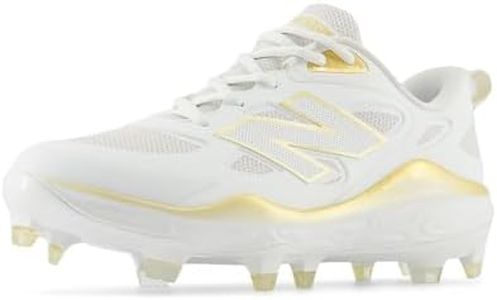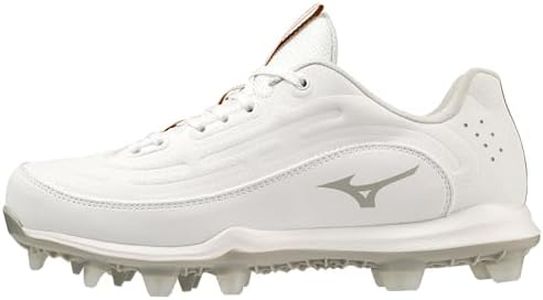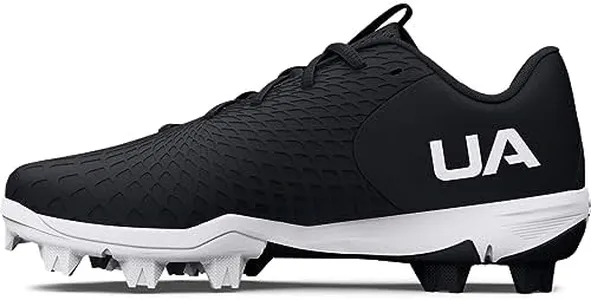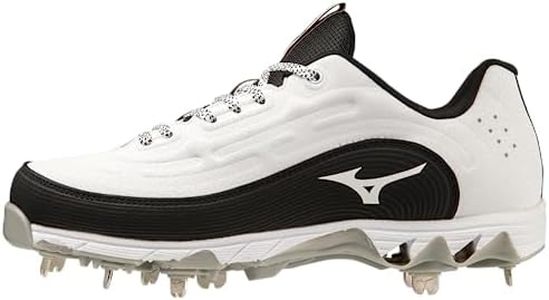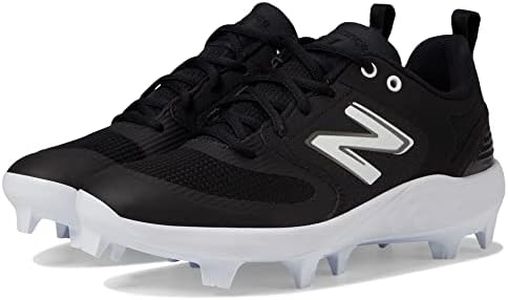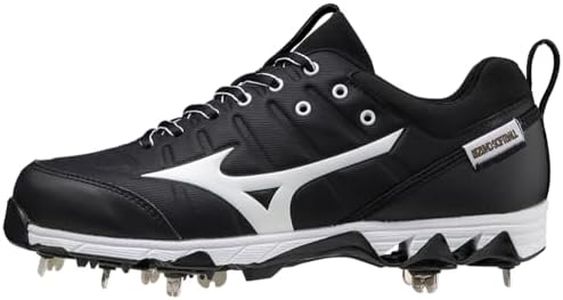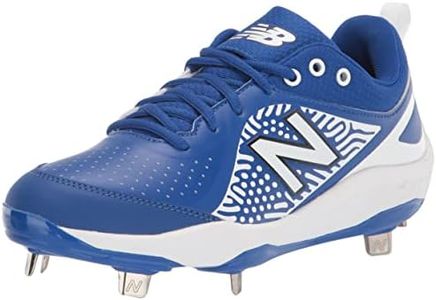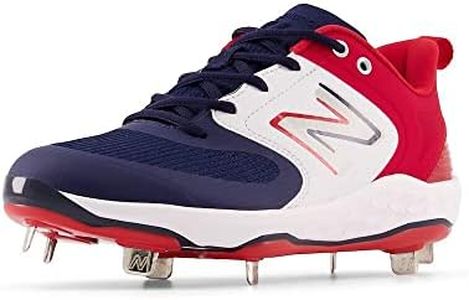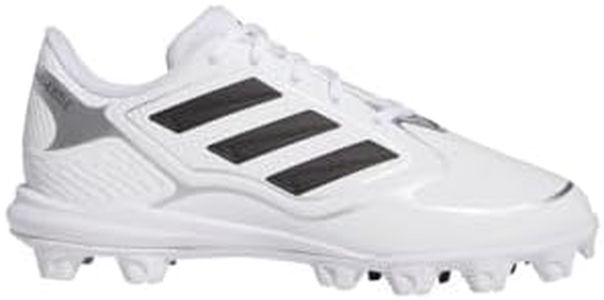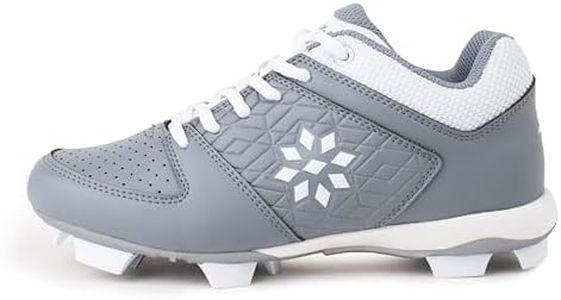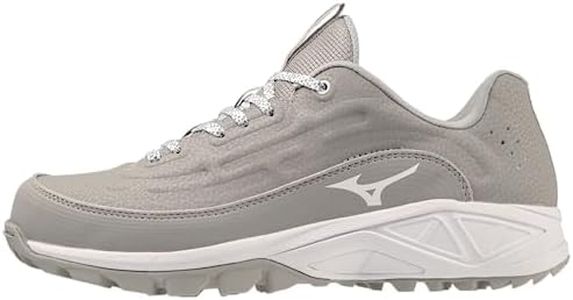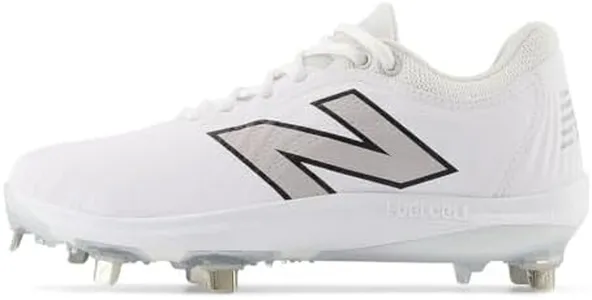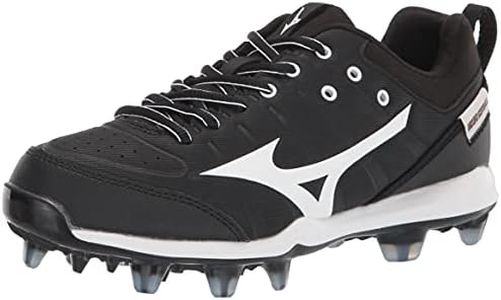We Use CookiesWe use cookies to enhance the security, performance,
functionality and for analytical and promotional activities. By continuing to browse this site you
are agreeing to our privacy policy
10 Best Softball Cleats
From leading brands and best sellers available on the web.Buying Guide for the Best Softball Cleats
Choosing the right pair of softball cleats is important for comfort, safety, and performance on the field. With so many different options available, it's helpful to understand the key features that set one cleat apart from another. When you know what to look for, you can narrow down your choices and find cleats that match your playing style, field conditions, and personal comfort needs.Cleat TypeCleat type refers to the construction of the studs or spikes on the bottom of the shoe. There are usually two main types for softball: molded and metal. Molded cleats have rubber or plastic studs and are generally lighter and more versatile for different field types, while metal cleats offer better traction on grass or dirt but are not allowed in some leagues, especially at the youth level. Your choice should depend on league rules and the kinds of fields you play on – if you often play on softer or artificial fields, molded might be best; if your league and field conditions allow, metal gives superior grip on harder, natural surfaces.
MaterialThe material of the upper part of the cleat affects durability, breathability, and comfort. Synthetic leather is more common and tends to be lightweight and durable, while genuine leather offers more flexibility and a snug fit but often requires more care. Mesh panels improve breathability and help keep your feet cool during play. If you play frequently or in hot weather, look for cleats with good ventilation; for maximum durability and structure, more synthetic or genuine leather may be preferable.
Fit and ComfortFit and comfort are crucial for avoiding blisters and injuries and for maintaining good performance during long games. Cleats should feel snug but not tight, with enough room for your toes to move. Some designs feature extra padding around the ankle or in the sole for additional support. Always try on cleats with the same socks you'll wear during games, and if you have wide or narrow feet, look for options that cater to those needs. Prioritize comfort, as uncomfortable shoes can distract you and affect how well you play.
Ankle SupportAnkle support is determined by whether the cleat is a low-, mid-, or high-top design. Low-top cleats offer maximum mobility and are lighter, good for players who value speed. Mid-top cleats offer a balance of mobility and support, while high-top cleats provide the most support and are best for players who want extra stability. Choose the level of support based on your position, personal preference, and any history of ankle injuries.
Traction PatternThe arrangement and shape of cleats on the bottom of the shoe influence how well you grip the field and move. Some patterns are better for quick cuts and sprints, while others emphasize stability or multi-directional movement. If you're an infielder or base-stealer, a cleat with a traction pattern optimized for acceleration and sharp changes of direction could be ideal. Outfielders might prefer more stability and coverage.
WeightWeight refers to how heavy or light the cleats feel on your feet. Lighter cleats enable faster running and quick reactions, while heavier cleats might offer more protection. If you prioritize speed or play a position where quickness is critical, opt for lighter cleats; if you value protection or don't mind a bit of extra heft, slightly heavier cleats may work for you.
